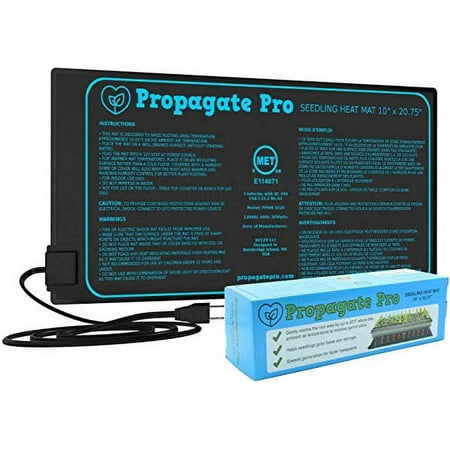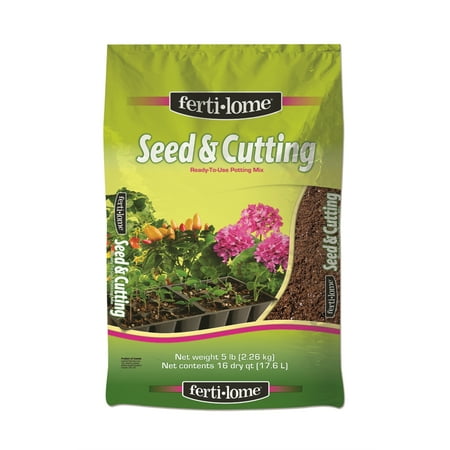How to take mulberry tree cuttings – expert tips for successful plant propagation
Learning how to take mulberry tree cuttings is a cost-effective way to grow your tree collection
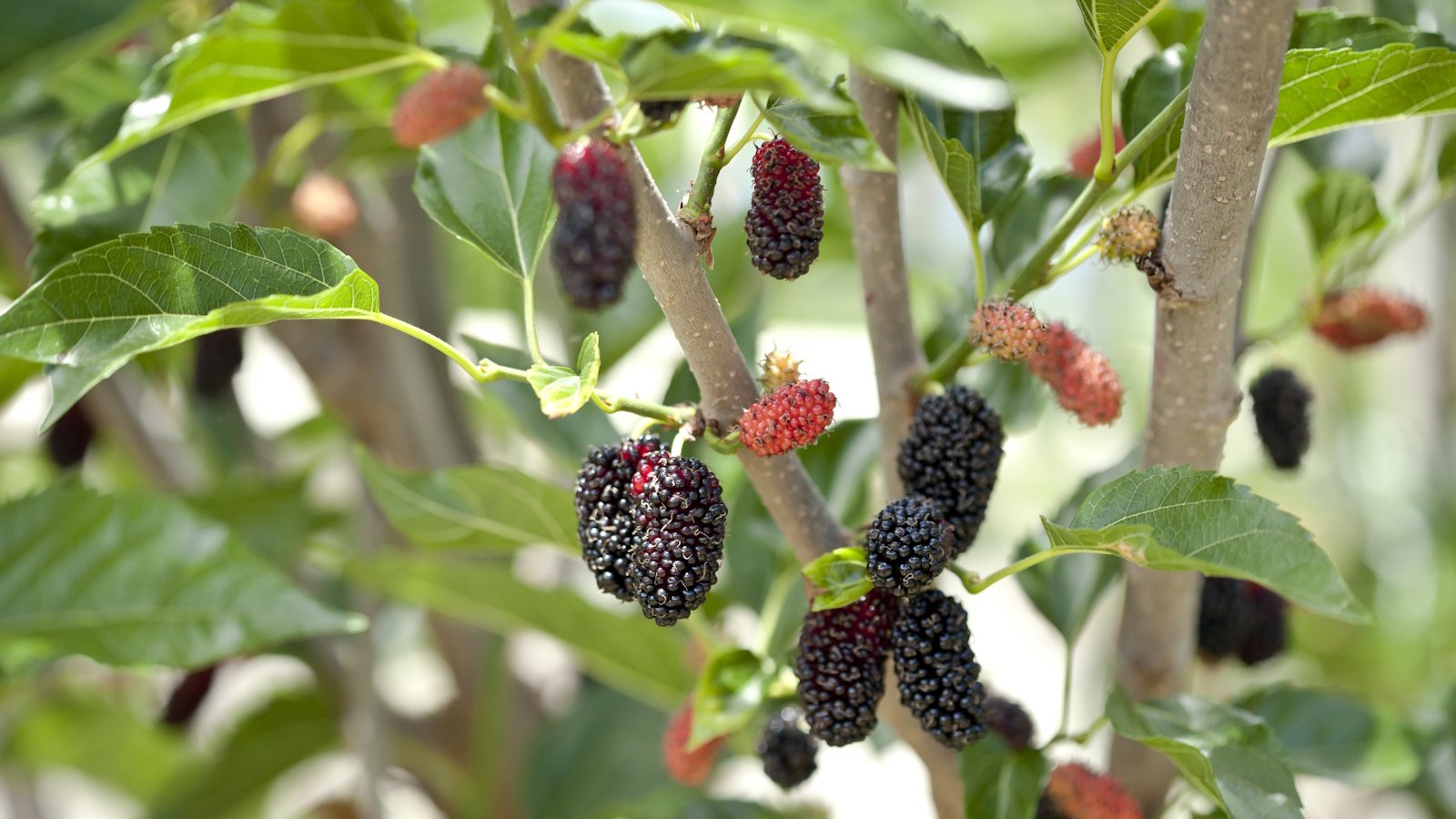

Mulberries are popular trees that produce unusual and delicious fruits. As deciduous trees, mulberries display spectacular seasonal interest. I cared for a large, weeping mulberry in a private estate garden when working as a professional gardener in Wales that impressed at all times of the year. With lush green foliage in the spring, berries in the summer and golden leaves fading in the fall, these trees always put on a show.
Despite remaining a popular tree for centuries, mulberry fruits are a difficult product to find in grocery stores. Therefore, harvesting your own crop from a tree in the yard is the best option if you want to enjoy succulent, tangy berries that few of your friends or neighbors will have.
Fortunately for mulberry fans, these trees are considered plants to take cuttings from. So, if you have one tree already, or perhaps a gardening friend has a mulberry in their yard, propagation is possible. Much the same as learning how to propagate other trees, shrubs and plants, there are particular rules and steps to follow that will help to guarantee success. Here, I reveal all the information you need to know.
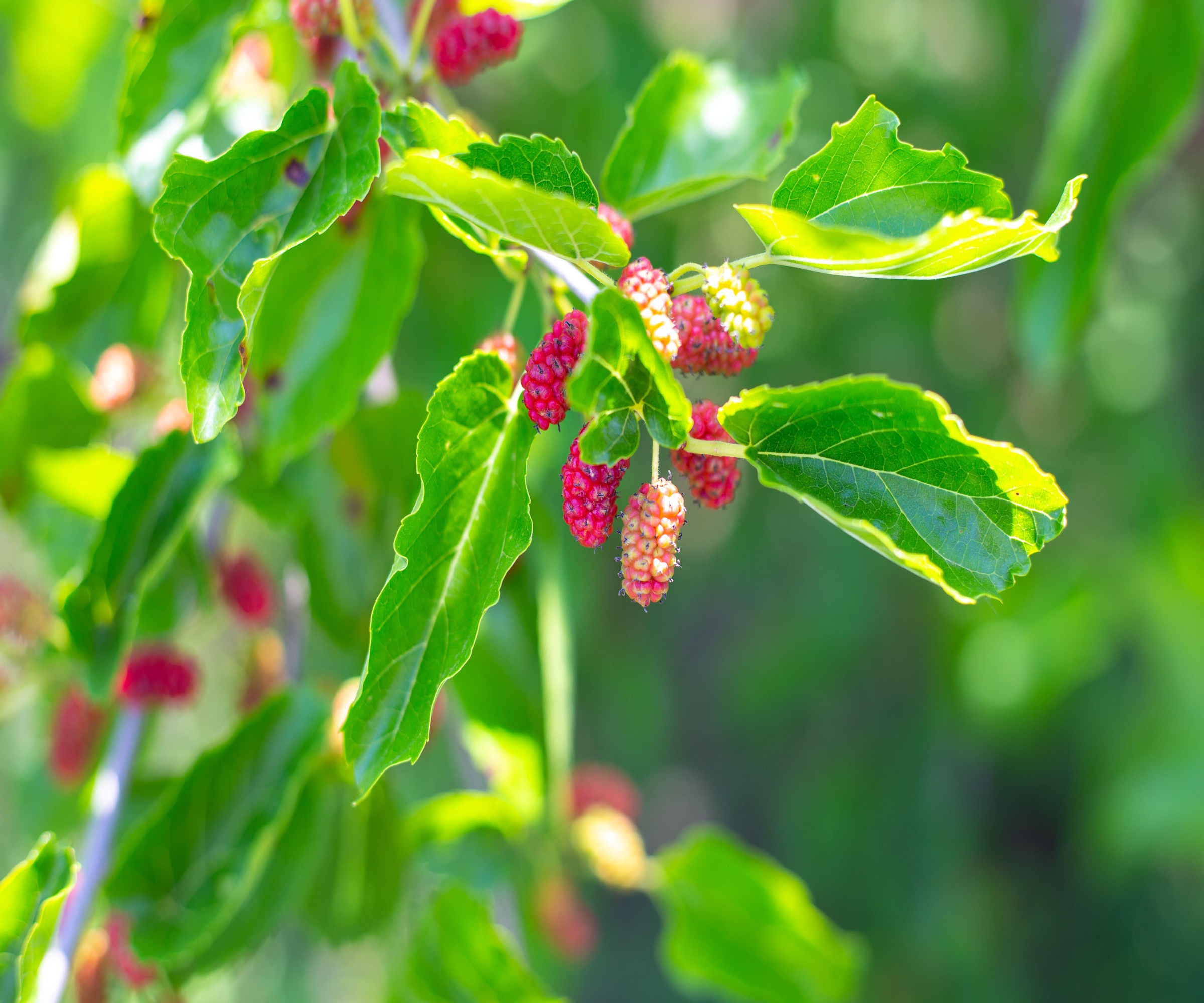
Identify your mulberry tree before taking cuttings
There are several species of mulberry trees found growing all over the world. Black mulberries, Morus nigra, are slow-growing fruiting trees, whereas the white mulberry, Morus alba, is a vigorous grower and is considered an invasive plant in many states, out-competing the native American mulberry, Morus rubus, which is classified as endangered or vulnerable.
It is best to do your homework and identify the species before taking cuttings. For reference, the American mulberry has longer fruit, as seen in the image above, with lobed leaves that have distinct protrusions, unlike the black mulberry which has a more rounded leaf.
When to take mulberry tree cuttings

Mulberries are versatile trees, generally well-suited to US hardiness zone 4 to US hardiness zone 9. These are ideal statement trees for garden borders in places such as California, Georgia, Florida and Texas. If you are considering taking a cutting from a friend or neighbor, be warned that these trees can grow up to 40 to 60 feet in height, so maintenance will be required to keep them in check.
'In terms of timings for mulberry tree cuttings, softwood cuttings are typically taken from the tree during late spring or early summer, when new stems are still young, green and flexible,' says Drew Swainston, former professional gardener and gardens content editor at Homes & Gardens. 'Hardwood cuttings are usually taken in late fall, when the tree is dormant, using firm, woody stems from the previous season’s growth.'
In my experience, softwood cuttings have a higher success rate, rooting easily and quickly in the warmer months of the year. Whatever method you opt for, however, there are particular rules to follow.

Drew qualified as a journalist and wrote for many websites and publications, before studying for a horticulture qualification. He worked as a professional gardener for several years, specializing in kitchen gardening. He's now bringing his expertise and passion to Homes & Gardens as a member of our team.
Advice for taking mulberry tree cuttings
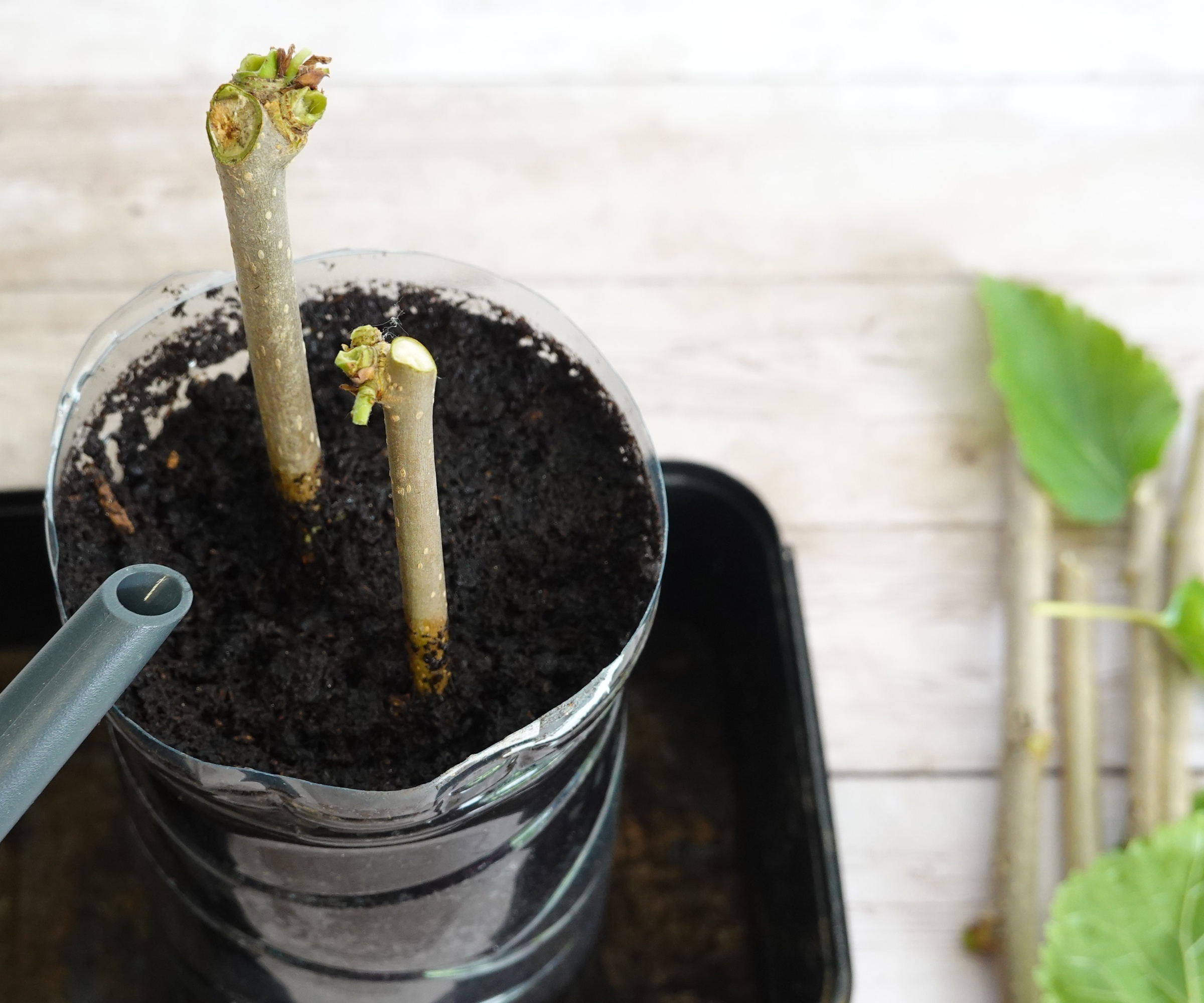
- Using clean, sharp tools, like these Felco pruning snips from Amazon, take your cuttings. If you are taking softwood cuttings, choose fresh, green stems that are about eight inches long. If you are taking hardwood cuttings, choose mature, firm wood from the previous season’s growth, cutting 10 to 12-inch stems that are about the thickness of a pencil. Each hardwood cutting should have three leaf nodes. Make your cuts just below a leaf node.
- For softwood cuttings you can strip each cutting of foliage, leaving only two small leaves at the top of each stem. For hardwood cuttings, you can strip the entire stem of foliage, as they are dormant.
- For best results, dip the bottom one inch of your cuttings, whether hardwood or softwood, in rooting hormone powder, available from Amazon, before planting the cutting in a well-drained potting mix, burying about half its length. Rooting hormone powder is optional but can help to speed the rooting process up.
- Place your cuttings in a small pot, no bigger than five inches in diameter. Use good-quality seed and cutting soil, available from Amazon, combined with one or two scoops of sand or grit to improve drainage. A heated propagation mat can be used to increase the success rate of cuttings, although you will need to water and mist more frequently. Keep out of direct sunshine, placing the pot in a cool, partially shaded position.
- Regularly mist your softwood cuttings to maintain humidity, and you should see signs of root growth in six weeks. Water hardwood cuttings sparingly, as they will not actively absorb water during winter dormancy. Signs of life should appear in the spring.

This rooting hormone powder for difficult-to-root plants will increase your success when propagating plants, encouraging them to quickly produce new roots.
FAQs
Can I take cuttings from any mulberry variety?
Yes, you can, but you should not propagate any plant that is considered invasive, such as the black mulberry. Before taking cuttings, identify which species you have in your yard, and whether taking cuttings of this species is suitable. The American mulberry is considered vulnerable in many states, so propagating this plant is certainly a good idea to help this native species.
While not the easiest plants to propagate, with the right care and conditions, your mulberry cuttings should eventually grow into healthy trees. I tend to err on the side of caution and take more cuttings than I need as an insurance policy, in the knowledge that one or two will not survive.
For more fruit tree information, see our guide on how to protect mulberry trees in winter, to keep your prized plants safe during the cold months of the year.
Sign up to the Homes & Gardens newsletter
Design expertise in your inbox – from inspiring decorating ideas and beautiful celebrity homes to practical gardening advice and shopping round-ups.

Thomas is a Content Editor within the Gardens Team at Homes and Gardens. He has worked as a professional gardener for both public spaces and private estates, specializing in productive gardening, growing food and flowers. Trained in Horticulture at the Garden Museum, he has written on gardening and garden history for various publications, including The English Garden, Gardens Illustrated, Hortus, The London Gardener and Bloom. He has co-authored a Lonely Planet travel book, The Tree Atlas, due out in 2024.
-
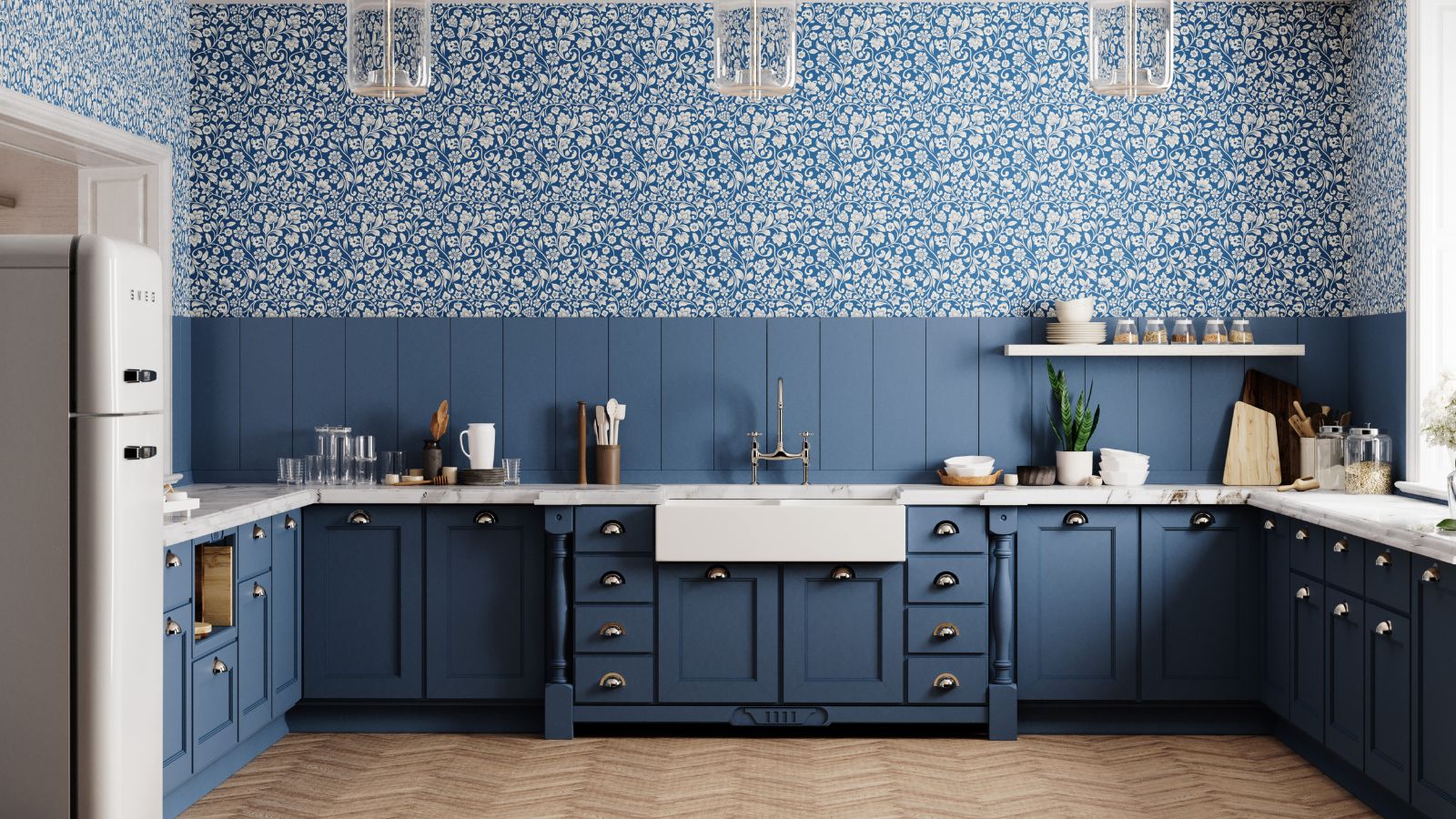 Do cleaning products expire? Professional cleaners warn time could make them ‘less effective, and in some cases, irritating to use’
Do cleaning products expire? Professional cleaners warn time could make them ‘less effective, and in some cases, irritating to use’For the best results, it pays to stay on top of the timeline of your cleaning products
By Chiana Dickson Published
-
 7 of the best tomatoes for growing in pots - expert growers pick their top varieties ideal for large harvests from containers
7 of the best tomatoes for growing in pots - expert growers pick their top varieties ideal for large harvests from containersYou can enjoy bumper homegrown harvests in small spaces
By Drew Swainston Published
-
 7 native perennials to plant in April – for glorious flowering displays to attract bees, butterflies, and hummingbirds
7 native perennials to plant in April – for glorious flowering displays to attract bees, butterflies, and hummingbirdsDiscover some of the best perennials to plant in April to make your garden a hotspot for wildlife
By Drew Swainston Published
-
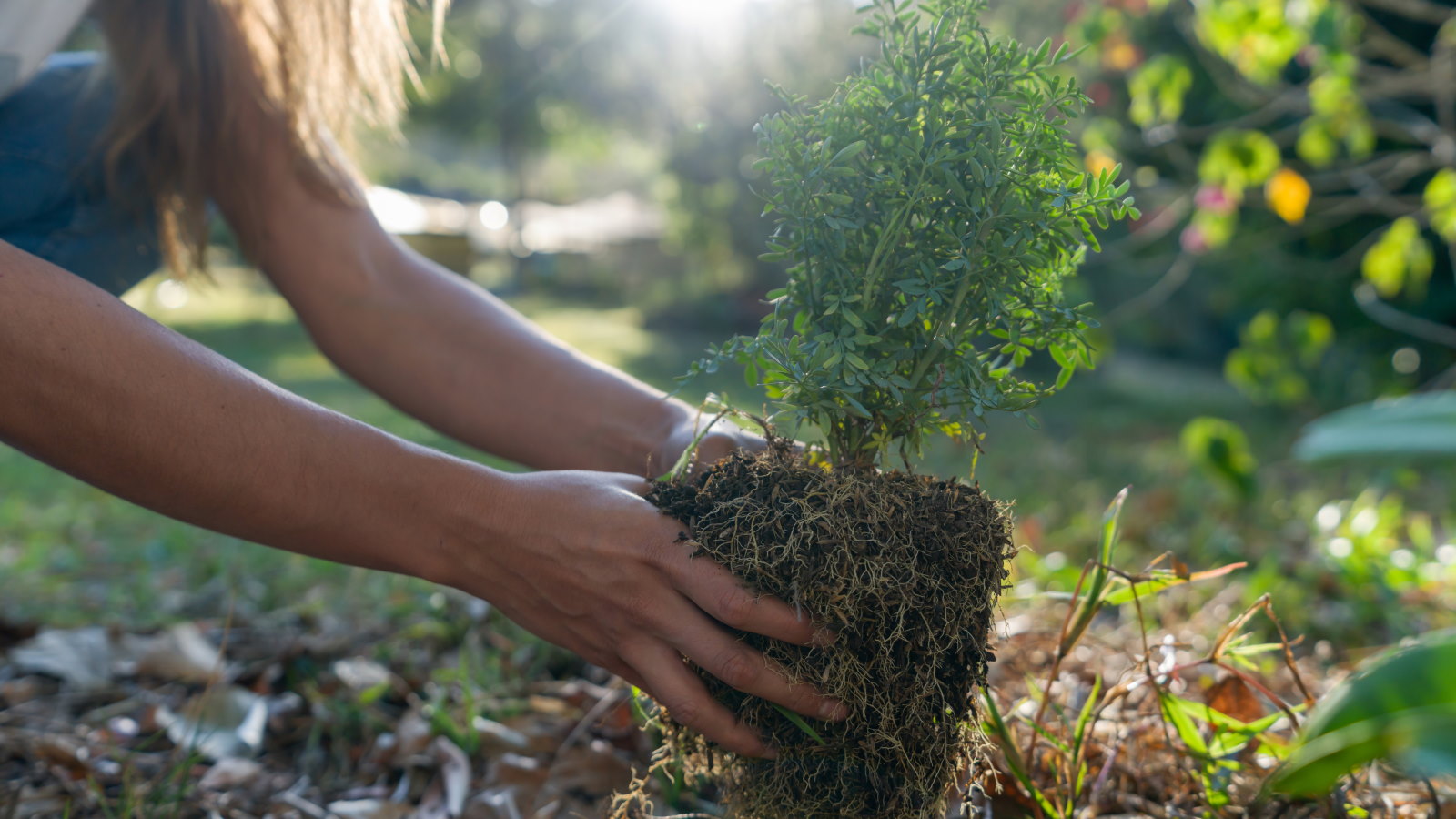 7 shrubs to plant in April to transform beds and borders – including native plants and bushes suitable for dry or wet spots
7 shrubs to plant in April to transform beds and borders – including native plants and bushes suitable for dry or wet spotsThese shrubs can bring flowers, texture, and fragrance, as well as attracting beneficial insects and birds
By Drew Swainston Published
-
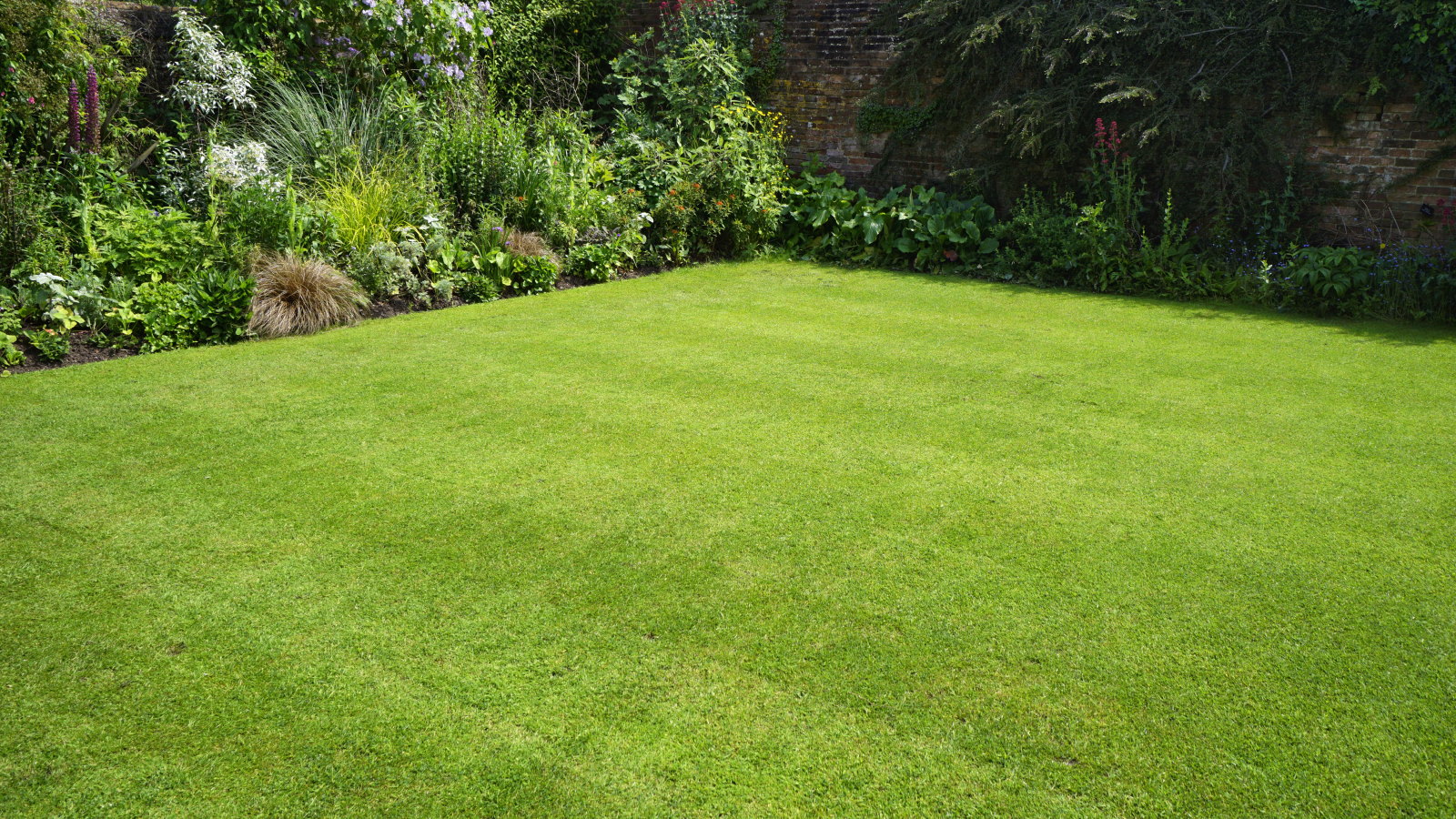 I'm a lawn care expert, and always do these 7 jobs in April to ensure thick, green grass all summer long
I'm a lawn care expert, and always do these 7 jobs in April to ensure thick, green grass all summer longTransform your lawn with these simple yet highly effective April lawn care tasks
By Drew Swainston Published
-
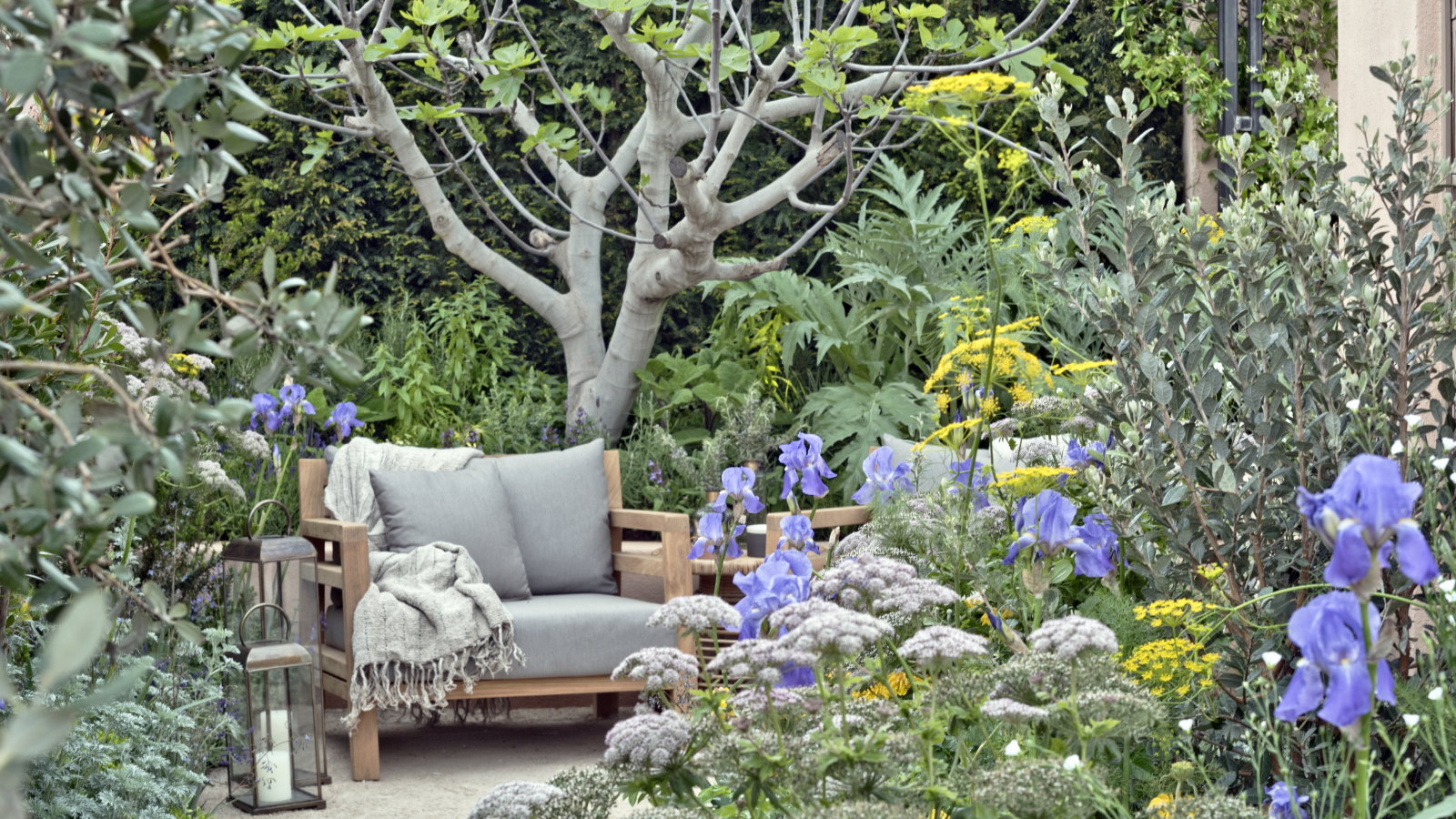 Horticulturists urge you to prune these 7 plants in April – for healthy growth and better-than-ever flowering displays
Horticulturists urge you to prune these 7 plants in April – for healthy growth and better-than-ever flowering displaysDiscover a key selection of plants to cut back this month, with expert pruning advice
By Drew Swainston Published
-
 7 fruits to plant in April for years of tasty homegrown harvests, plus expert planting tips
7 fruits to plant in April for years of tasty homegrown harvests, plus expert planting tipsAn exceptional selection of fruit trees and soft fruit can be planted this month
By Drew Swainston Published
-
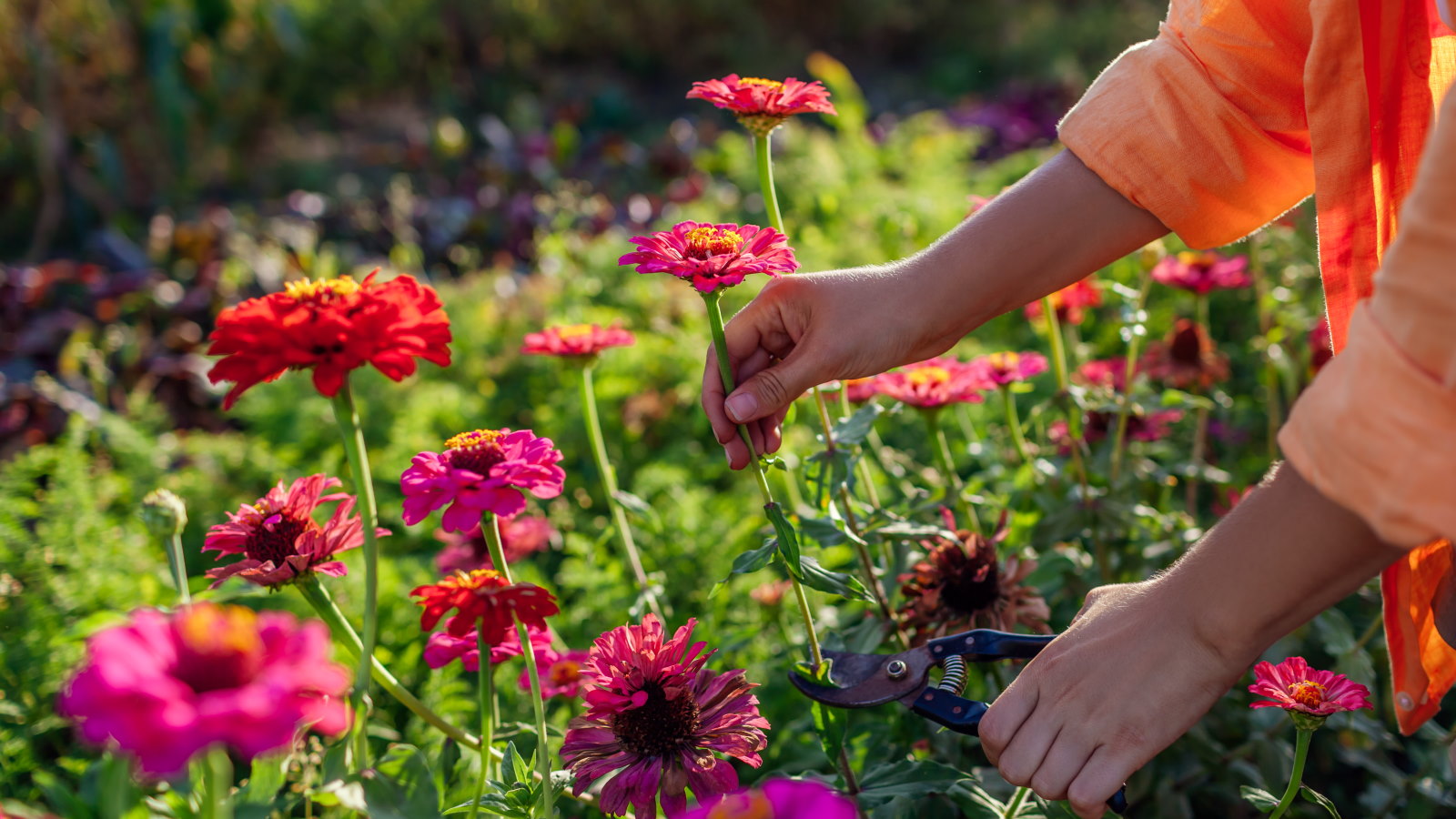 7 dazzling cut flowers to plant in April for bountiful blooms to enjoy in bouquets, vases, and displays this summer
7 dazzling cut flowers to plant in April for bountiful blooms to enjoy in bouquets, vases, and displays this summerDiscover sowing tips from an expert horticulturist
By Drew Swainston Published
-
 7 of the best vegetables to plant in April, with sowing tips from an experienced grower for bumper harvests
7 of the best vegetables to plant in April, with sowing tips from an experienced grower for bumper harvestsFrom broccoli to zucchini, April is a fantastic time to plant a wide range of vegetables
By Drew Swainston Published
-
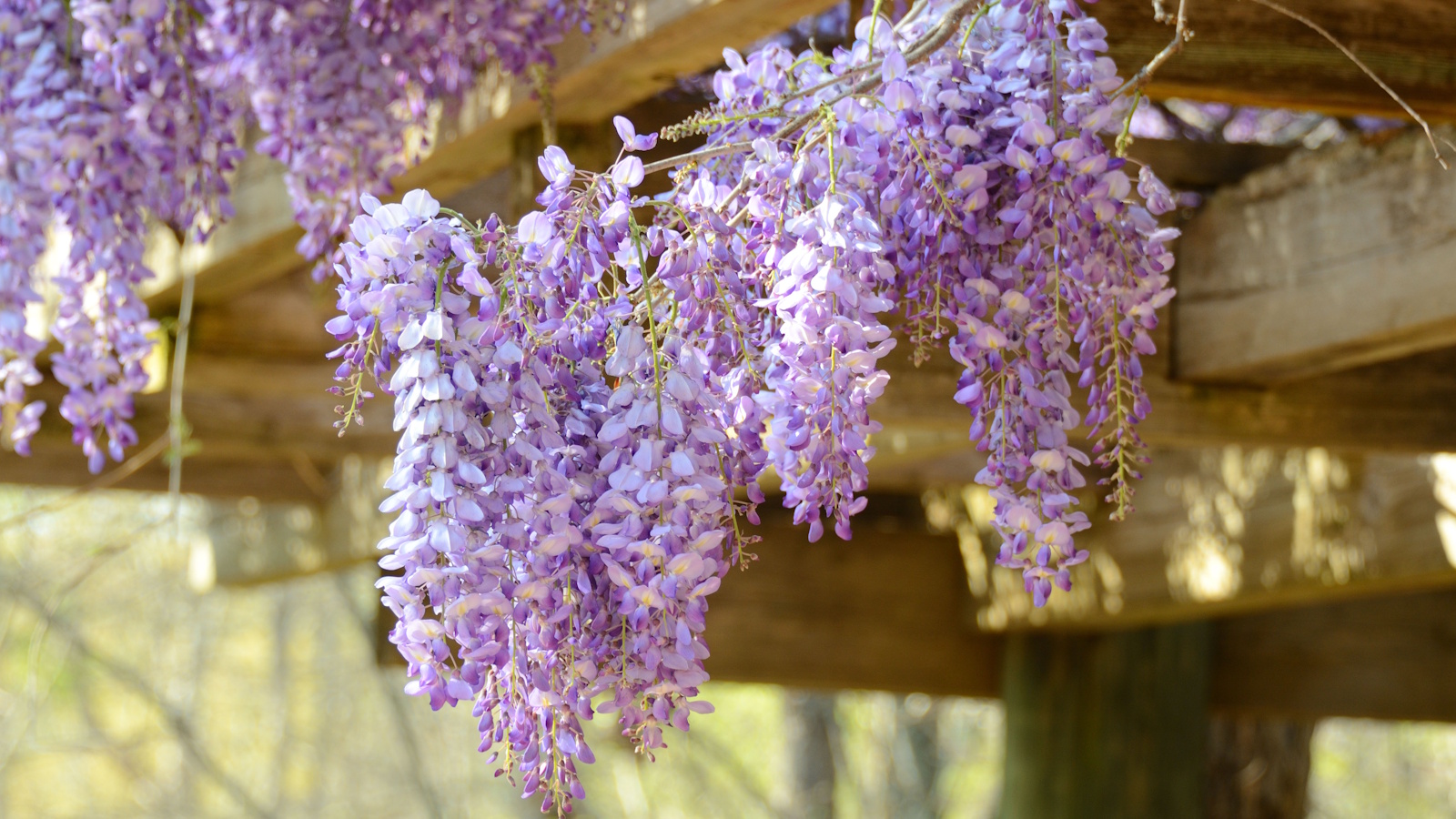 Best fragrant spring-flowering perennials – 5 charming choices to infuse delightful scent in your yard this season
Best fragrant spring-flowering perennials – 5 charming choices to infuse delightful scent in your yard this seasonSpring is full of so many beautiful aromas, uplifting our yards and making them an even more pleasant place to be
By Tenielle Jordison Published
